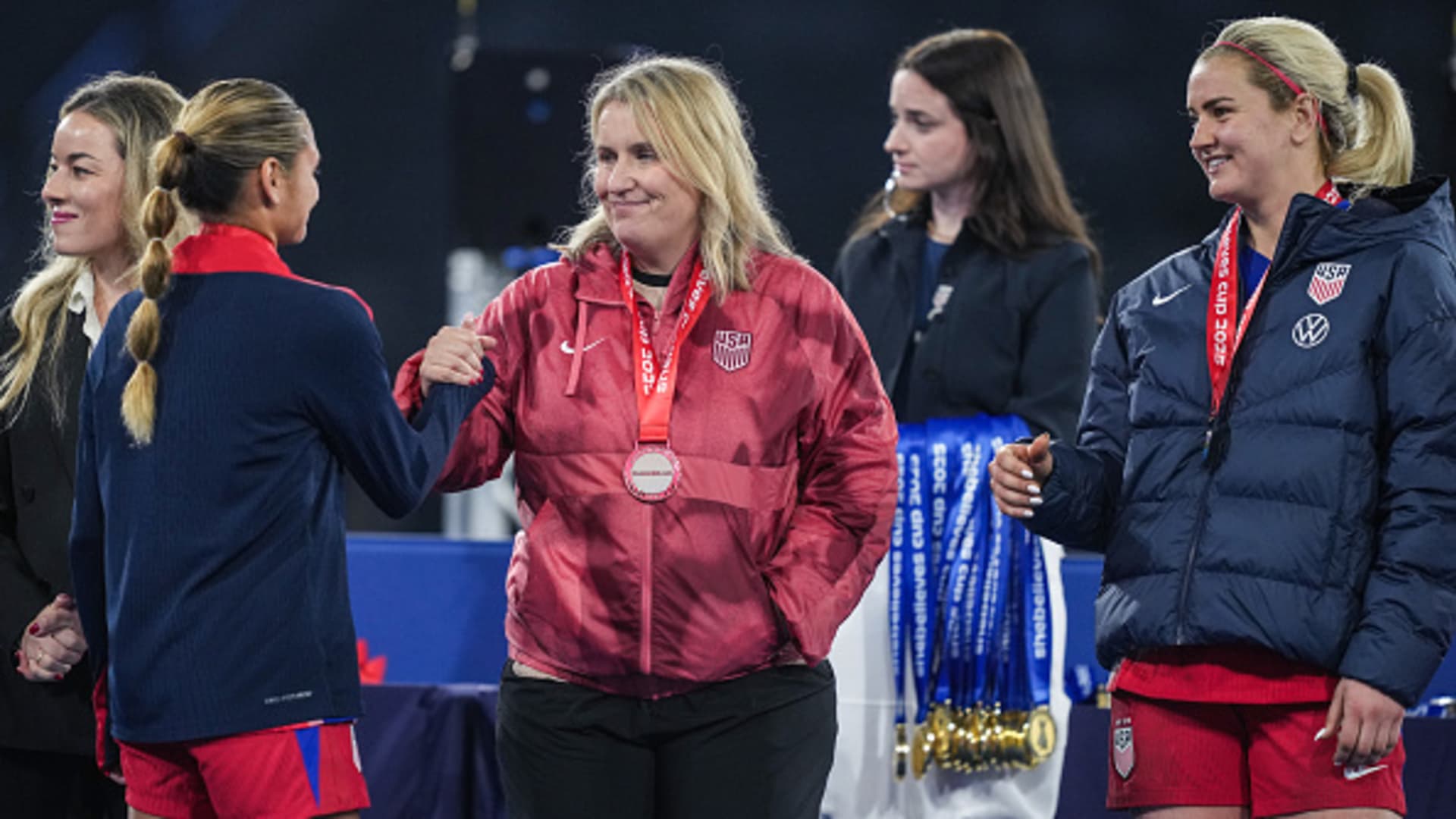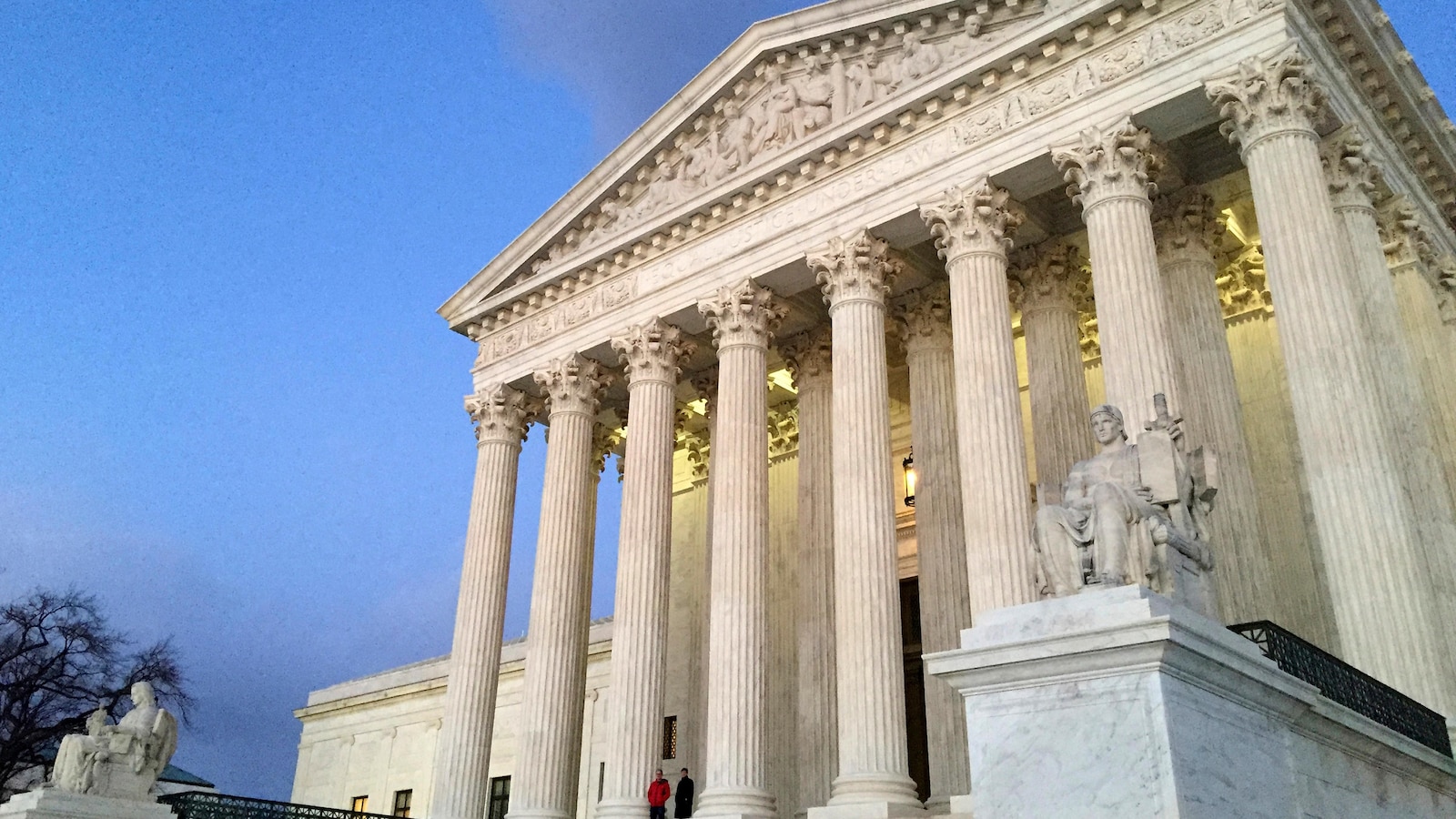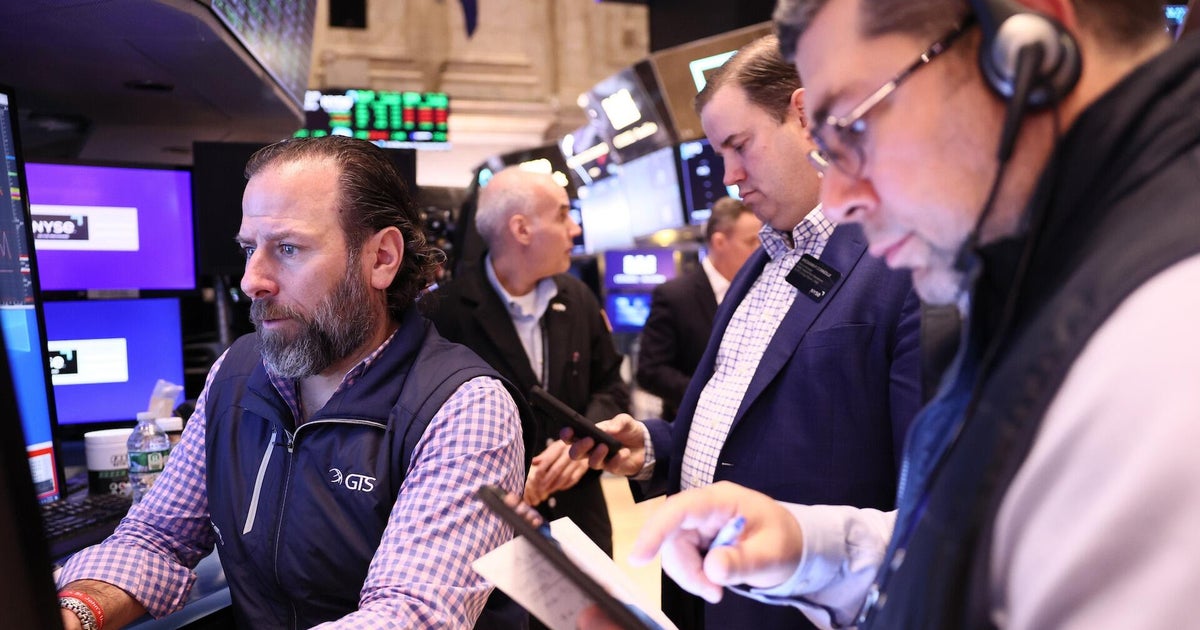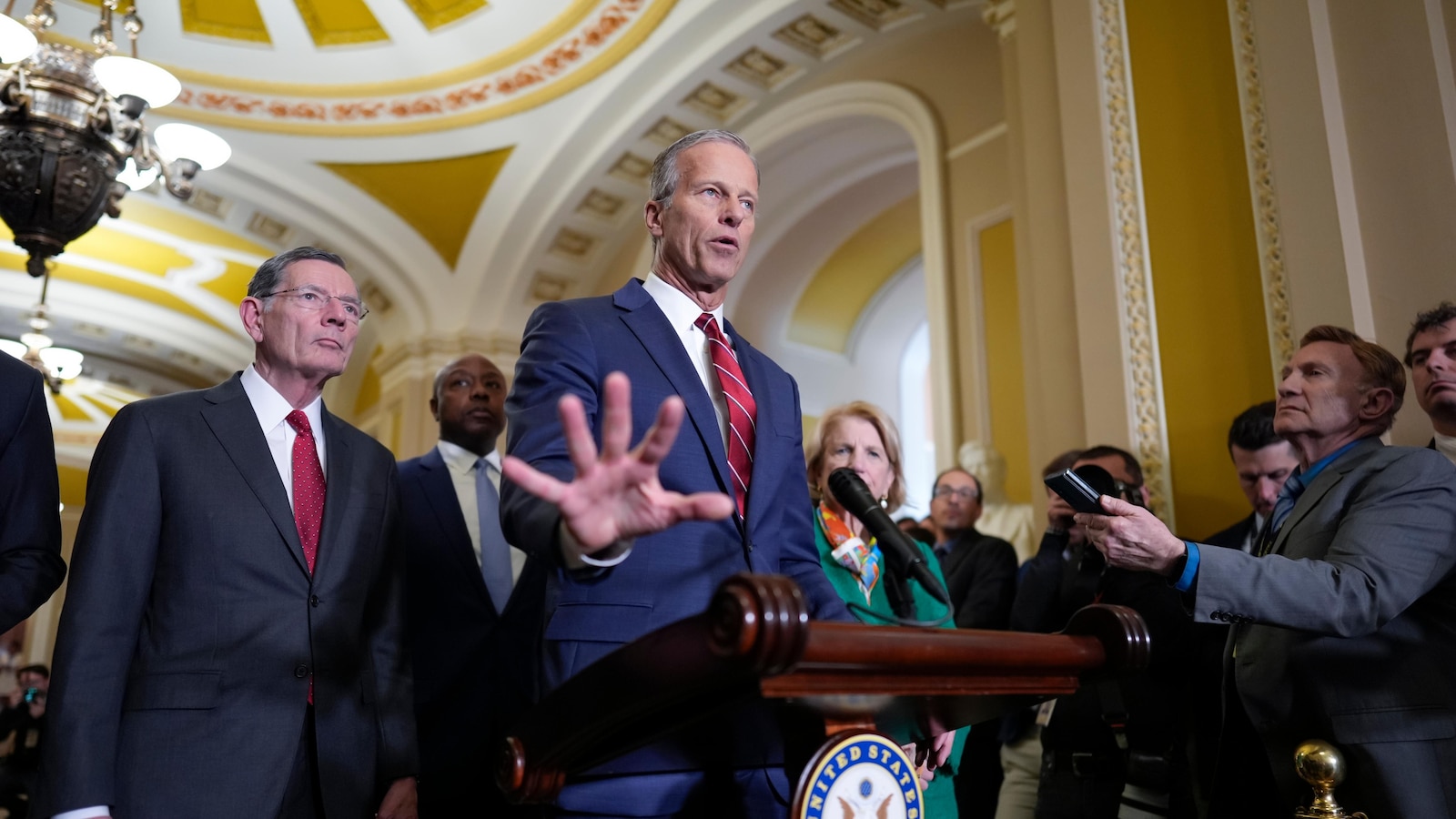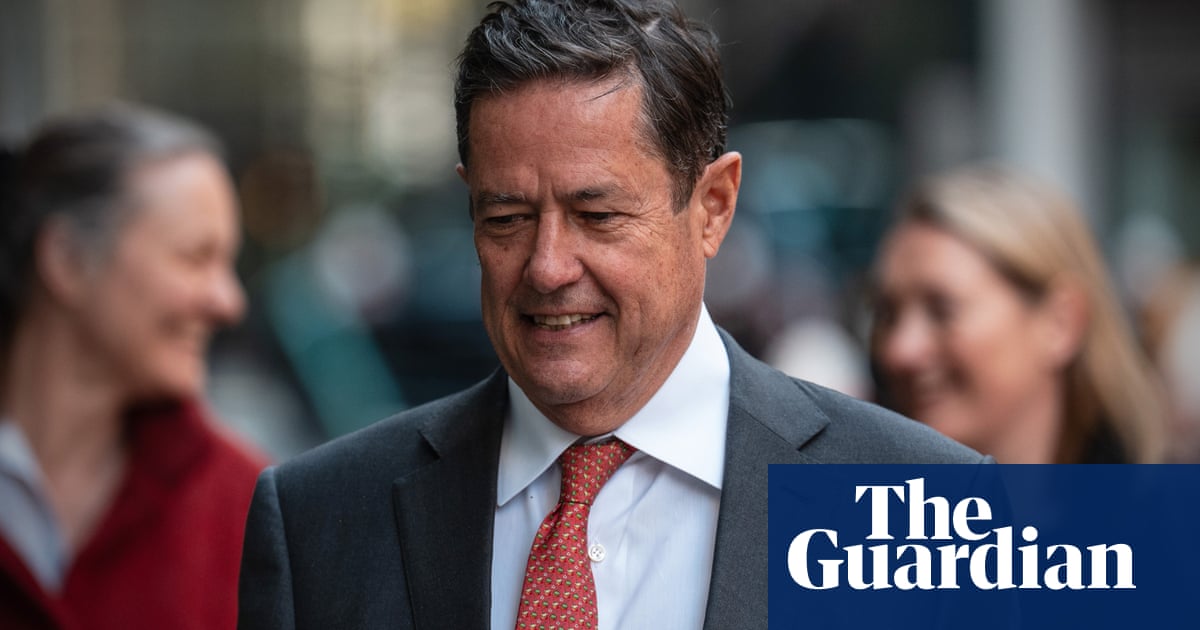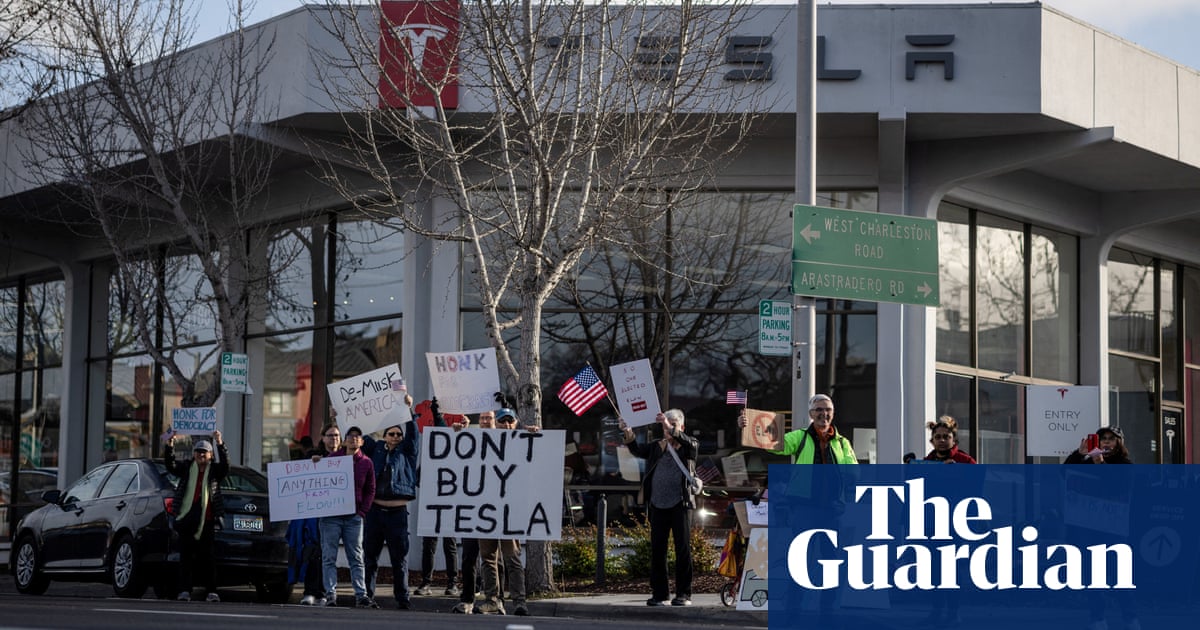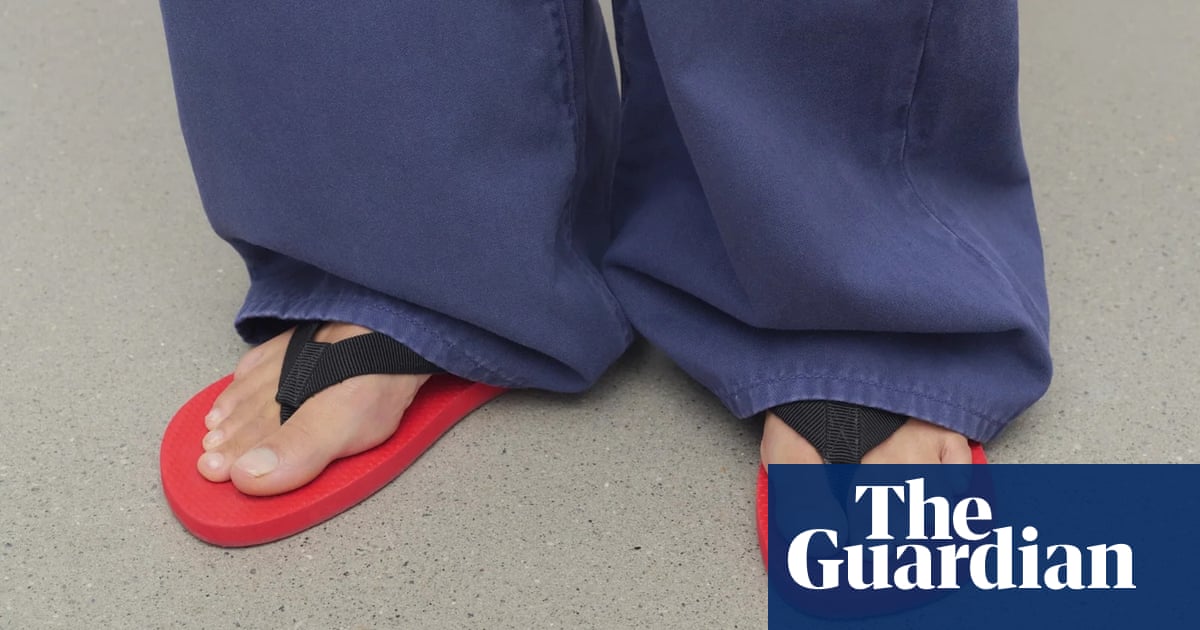
Brightline Brought High-Speed Rail to Florida. Can the Public Sector Follow?
Firemen from Highland Beach, Fla., were heading to a conference in Miami, a money manager to his office in Boca Raton. Families with young children wearing Mickey Mouse ears and toting Little Mermaid backpacks, filled the train’s sun-soaked four-seaters on their way to or from Disney cruises and various theme parks.
Florida, of all places, has been rebooting intercity passenger rail travel in America. Back in the late 19th century, the oil tycoon Henry Flagler built a railroad down the state’s Atlantic coast that fast-tracked Florida’s growth and put cities like Miami and Palm Beach on the map. Then the automobile proliferated.
Now a privately owned service called Brightline, operating on Flagler’s old line, is making a 21st-century pitch for the enduring virtues of train travel, moving passengers 235 miles between Miami and Orlando, with a few stops in between, and hopes to reach Tampa.
The company is pursuing a second service, too: a $12.4 billion, 218-mile, all-electric train that will link Las Vegas with Los Angeles, or more precisely, Rancho Cucamonga, Calif., where riders can connect with the California Metrolink to L.A. It aims to be America’s first genuine high-speed rail. The project, unlike the one in Florida, whose construction costs have nearly all been paid by Brightline, has received $3 billion in promised federal grants. The company’s hope was to have service up and running before the 2028 Summer Olympics in L.A. The goal now, according to Brightline officials, is the end of 2028.
With intercity rail travel struggling in America, is a private company the fix? It’s a truism that trains are potent engines of urban and economic development. But can they make money?
These questions arise as the Trump administration targets public services like Amtrak and New York’s Metropolitan Transportation Authority, threatening to pull federal funding. A potential calamity for millions of American commuters, and the economies they support, the threat also creates an opportunity for private railroads to stage a comeback.
During the mid-1800s, three private companies, exploiting migrant labor, completed the first transcontinental railroad in six years, the 19th-century equivalent of a moonshot. Private passenger rail in America chugged along for another century, until airplanes and the interstate highway system crippled the business. Congress stepped in during the 1970s, establishing Amtrak, which took over the last remaining private intercity passenger train — the Rio Grande Zephyr between Denver and Salt Lake City — during the Reagan era.
Today, Amtrak’s ridership is up after years of decline, but its annual operating deficit last year topped $700 million. The state of California has proposed a bullet train between Los Angeles and San Francisco, that is now years behind, tangled up in regulatory and legal battles, and staring at a price tag north of $100 billion, without a clear strategy to raise the money.
Nearly every public metro, commuter and intercity train, aside from Amtrak’s Acela service between Boston and Washington, runs at a deficit. Brightline has itself been spending hundreds of millions of dollars more than it is earning, because of build-out costs, its officials say. But they predict the service should “approach break even” this year or next.
The company is the brainchild of Wes Edens, the billionaire co-owner of the Milwaukee Bucks. Mr. Edens co-founded the Fortress Investment Group, whose freight rail acquisitions include Flagler’s old Florida East Coast Railway. After coming across a book about Flagler’s train a little more than a decade ago, Mr. Edens had the idea for Brightline.
This was around the same time that Florida’s then-governor, Rick Scott, a Republican, rejected $2.4 billion the Obama administration offered the state to undertake high-speed passenger service between Tampa and Orlando. Mr. Scott said the train would be too costly to operate.
Mr. Edens’s private line sped ahead. Crucially, the company owned its rights of way, avoiding the long, costly property battles that have plagued California’s high-speed train. “That was “a crucial advantage,” Mr. Edens said.
Construction began in 2014. Passengers started boarding a little more than three years later.
The news hasn’t all been rosy. Some Floridians have taken to calling Brightline the Death Train because more than 100 people have died crossing the tracks. Nonetheless, Brightline attracted three million riders in Florida last year, and expects to serve four million this year, double that number by 2028. Its Orlando station, in leased space at the airport, opened late in 2023. More than a million customers have since ridden the train between Orlando and Miami.
“A breeze,” is how Joanna Cheng described the experience when we met en route one morning. She and her two young children had flown to Fort Lauderdale from New York City to visit friends on their way to a gymnastics competition in Orlando. They had planned to drive, but Ms. Cheng’s rental car reservation was canceled when her flight out of New York was delayed.
At the suggestion of a stranger in the rental car line, she checked out Brightline’s app. The service prices its tickets dynamically. Premium seats, with more room and meals included, can top $300. But prices across all routes average $55. Thanks to online discounts, the train ended up being not just quicker and more convenient but cheaper than a car.
“We lucked out,” Ms. Cheng said. “It reminds me of trains in Europe.”
That was Mr. Edens’s hope: for Brightline to be compared to services like Eurostar and Italo. It’s not high-speed rail. But the company leans into customer-friendly service and good design, having hired Skidmore, Owings and Merrill, the global architecture firm, to design its imposing hub called MiamiCentral, and enlisting the New York-based Rockwell Group to design efficient, stylish stations and roomy, tech-friendly cars offering in-seat dining.
Brightline still isn’t on the level of the most luxurious, faster European and Japanese rail lines, but it is a leap above Amtrak and most commuter lines that Americans ride. Whether the business is financially viable remains a topic of much speculation and some schadenfreude in transit circles.
Like Flagler’s railway, Brightline is, in truth, not just a train but also a real estate venture. The company has built, then sold, three towers on top of MiamiCentral and another next door, and also erected then sold an apartment complex near its station in West Palm Beach. West Palm and Boca have become boom towns for high-end development along a coastal corridor now serviced by Brightline.
In Las Vegas, Brightline West, as the Los Angeles-to-Vegas service is called, will arrive at a new terminal on the Strip where the company has purchased more than 100 acres it plans to develop.
“In hindsight,” Mr. Edens told me, “if I could do one thing again I would buy all the land around the stations.”
But, of course, a private rail outfit gets to cherry-pick its stops and routes. It exists to benefit stockholders. Public railroads serve a wide public, including people in places where stations may not be profitable. Privatizing intercity rail travel across the country in lieu of any public service would disenfranchise vast swathes of the country.
“We’re at a moment when funding is getting frozen,” observed Janette Sadik-Khan, New York City’s former transportation commissioner, “so we need as many new models of transit service as we can get. Brightline is one. It’s great, not just for getting around but for economic growth around stations.
“But,” Ms. Sadik-Khan added, “a private company doesn’t have the same priorities or obligations as public systems.”
Mr. Edens sees future, potentially profitable opportunities for high-speed trains between other heavily trafficked pairs of cities that are now long drives but a pain to fly, like Charlotte to Atlanta or Dallas to Houston. Brightline West’s business plan imagines converting 8.6 million of the 50 million people a year driving or flying between Los Angeles and Vegas. That should cut travel times for passengers and reduce carbon dioxide emissions by some 325,000 tons a year, company officials say, and also make money.
.
In Florida, I spoke with Brightline commuters who grumbled about the cost. But I didn’t meet a passenger who complained about the ride. Walt Gates, resplendent in a Razorback T-shirt, had flown in from Little Rock with his wife, Lydia, for a Disney cruise in Miami with their daughter and son-in-law.
I ran into them on Brightline to Orlando. “I have lost so many hours of my life driving the highway between Little Rock and Memphis,” Mr. Gates said.
He had a message for Mr. Edens: “We could use one of these in Arkansas.”
When it comes to transit and mobility, what project is changing your community?
Follow New York Times Travel on Instagram and sign up for our Travel Dispatch newsletter to get expert tips on traveling smarter and inspiration for your next vacation. Dreaming up a future getaway or just armchair traveling? Check out our 52 Places to Go in 2025.
The Headway initiative is funded through grants from the Ford Foundation, the William and Flora Hewlett Foundation and the Stavros Niarchos Foundation (SNF), with Rockefeller Philanthropy Advisors serving as a fiscal sponsor. The Woodcock Foundation is a funder of Headway’s public square. Funders have no control over the selection, focus of stories or the editing process and do not review stories before publication. The Times retains full editorial control of the Headway initiative.



